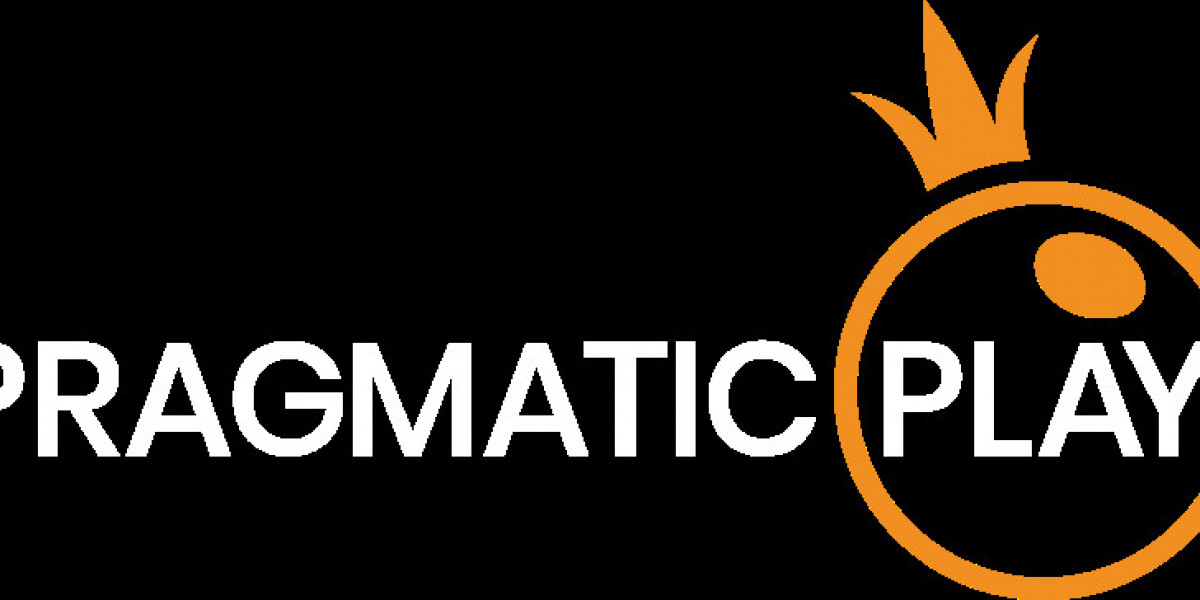In today’s dynamic environments, receiving feedback is easier than ever through online reviews, surveys and omni-channel interactions. However, actually responding to and acting effectively on all this feedback is still a struggle for most organizations, hampering experience improvements.
This article outlines structured strategies to leverage feedback management solution that help continuously prioritize and address relevant insights, integrate actions organization-wide and sustainably transform experiences delivered.
Establishing Centralized Feedback Management
The scale and spread of ongoing feedback across global touchpoints makes consolidated analysis a priority. Whether from voice calls, support tickets, product reviews or social media, feedback data needs compilation into integrated dashboards with relevant metrics and tagging. This enables structured evaluation per channel, theme and intended actions.
AI-powered feedback management solutions provide such capabilities for intelligent data consolidation, analysis and workflow integration. Instead of fragmented and subjective analysis, leaders get objective visibility into critical focus areas like NPS trends, churn drivers, complaint frequencies and emerging issues. This allows systematic assimilation and distribution of insights for maximized impact.
Prioritizing Actions through Impact and Ease Optimization
With a mountain of feedback ideas, not all actioning can be aggressive. The next step in acting effectively is to map feedback onto a priority grid segmented by:
- Impact: The benefit delivered to end-user experience and business.
- Ease: The simplicity of implementation based on time, resources, costs, and regulatory needs.
High ease/impact areas get tackled immediately with standardized solutions for common requests like contact channel additions or educational content improvements.
Trickier feedback requiring tradeoffs between ease of execution and potential impact requires deeper consultation across lead owners to shape direction. Business impact or emotional value for customers? Should all be actioned or focus applied selectively?
An optimization approach drives smart feedback action plans.
Integrating Actions Organization-wide
Too often, feedback reaches only the frontline teams engaged directly with customers in siloed channels. Valuable actions get limited to local efficiencies sub-optimized overall. Acting effectively requires mechanisms to:
- Distill insights with value across functions: product, marketing, finance etc.
- Gauge stakeholder priorities collectively.
- Implement integrated solutions shaped by cross-team expertise.
For example, analytics revealing customer confusion on transaction billing policies could involve finance simplifying processes, marketing sharpening positioning and customer teams enhancing explanations.
Enterprise feedback management solutions centralize what matters for seamless collaboration and holistic actions.
Sustaining Transformations with Continuous Monitoring
One-off feedback actions deliver episodic improvements. However, sustaining experience excellence demands mechanisms for regular monitoring and responses to market dynamics. Automated triggers that recommend recurring actions based on metrics are invaluable here:
- Usage pattern changes may require redesigned navigation flows.
- Renewed complaints could indicate fresh feature gaps.
- Improving ratings reflect successful enhancements to continue.
Ongoing feedback analysis provides leading indicators to track transformations over months. Rather than annual surveys yielding delayed insights, quarterly reviews shaped by AI-led automation sustain near real-time improvements aligned to usage shifts.
The payoff? Organizations entrench customer-centric habits with feedback driving regular rhythm of contextual actions, deployed rapidly at scale.
Key Takeaways
- Consolidate feedback data from all channels into integrated dashboards with metrics-driven insights using AI-powered solutions.
- Frame feedback response plans based on optimization between implementation ease and business impact/end-user value priorities.
- Distill insights with value across the organization. Implement integrated solutions drawing expertise from all relevant internal stakeholders to maximize effectiveness.
- Monitor leading indicators through automated feedback analysis tools to drive sustainable experience transformations over time.
Conclusion
Effectively leveraging omnipresent unstructured feedback requires structured strategies of centralized consolidation for trend analysis and insights distribution. By framing responses through an optimization lens and enabling continuous monitoring capacities, modern enterprises can unlock experience uplift and commercial success driven by stakeholder voices.
In today’s experience economy, acting on feedback systematically is mandatory, not optional. The winners will be defined by how seriously this gets ingrained into organizational DNA.
Question: How can collating feedback centrally help shape response priorities?
Answer: Consolidated dashboards reveal metrics-led insights on key strengths, weaknesses and emerging focus areas organization-wide. This allows structured evaluations to shape response plans based on ease of action versus potential impact.
Question: Why involve cross-functional teams while implementing feedback actions?
Answer: Integrated solutions maximizing business and customer value require aligning perspectives across product managers, marketers, finance leads etc. Distilling what matters all around drives more holistic responses.
Question: How do automated triggers help sustain experience transformations?
Answer: Triggers recommending actions based on monitoring usage shifts and metrics make improvements continuous rather than one-off. Quarterly reviews shaped by automation sustain near real-time alignment.







